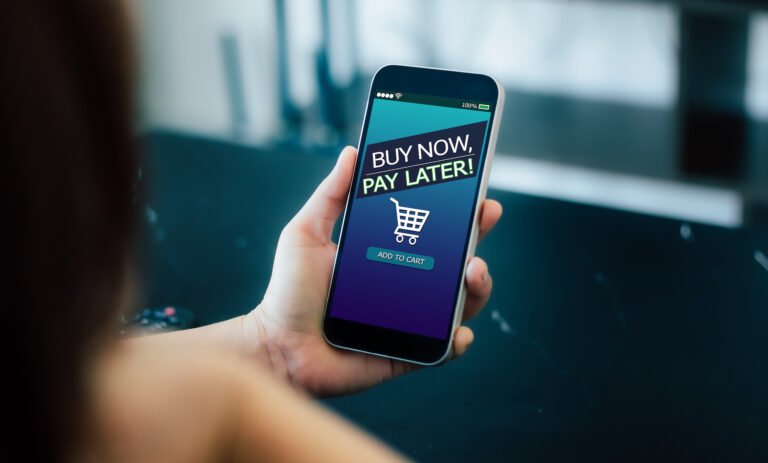Business-to-business (B2B) Buy Now, Pay Later (BNPL) is on the rise. An entirely separate model to the much-maligned consumer financing model, it is highly regulated and allows businesses to spread the cost of purchases, growth and internal investment. But there is still some confusion between B2B and B2C BNPL, leaving many businesses unsure of whether it’s the right financing solution for them. So, what is B2B BNPL, how does it work, how does it differ from its consumer cousin, and is it a good option for scaling businesses?
What is B2B BNPL?

B2B BNPL is a form of trade credit that allows businesses to spread the cost of goods. Although trade credit has been around for centuries, as the world has moved online, financing has failed to keep up. B2B BNPL holds the potential to solve that problem.
A form of B2B BNPL can be provided by individual suppliers. But the most successful and versatile arrangements are usually offered in conjunction with a specialist B2B BNPL partner. Established B2B Buy Now, Pay Later providers take responsibility for financing each BNPL transaction. This means that both sellers and customers benefit from the arrangement – the buyers can enjoy the flexibility that spreading the cost of payment brings, while sellers are paid immediately for their goods.
What are the benefits of BNPL for scaling businesses?
The primary draw of BNPL for sellers is that it has the power to enhance your customer service level while simultaneously increasing your turnover. When you provide your customers with the chance to spread the cost of their order, you have a three-fold opportunity. Firstly, to increase sales. Secondly to increase conversions. And thirdly to increase loyalty. This provides your business with higher value retention, and the potential for repeat spends because when a customer receives good service with favourable payment terms, they’ll return to you next time they’re in need of goods. They’ll also recommend your e-commerce store to others seeking new suppliers.
Meanwhile buyers gain the ability to defer payment for large purchases by 30, 60, or even 90 days. This allows them to take control of their cash flow, while instantly accessing the goods they need to improve their service and grow their business. And it’s this flexibility that is at the heart of scalability.
What are the differences between B2C and B2B BNPL?
Although consumer point of sale (POS) financing has something of a negative reputation, it remains a popular choice amongst consumers as it helpsthose with relatively low credit ratings to access more expensive goods. Unfortunately, this often means that they then have to contend with high interest rates and hidden fees. This isn’t the case with B2B BNPL.
For starters, B2B BNPL customers are unlikely to spend more than they need. Professional buyers try to minimise their Cost of Goods Sold (COGS), meaning the potential to fall into debt and fail to meet payments is vastly reduced.
Secondly, B2B agreements are typically able to offer higher value credit lines at better terms, making it easier for the requisite goods to be purchased and helping sellers to increase their turnover.
During the last year, businesses offering BNPL financing have reported up to 40% increases in conversion rates. This increase makes scaling a far more workable option, for both sellers and their buyers. When done well, working with a reputable B2B partner, BNPL provides a risk-free, secure, and flexible financing solution for both buyers and sellers. Quick and simple to implement, providing fast decision-making, BNPL holds massive potential for scaling businesses.



